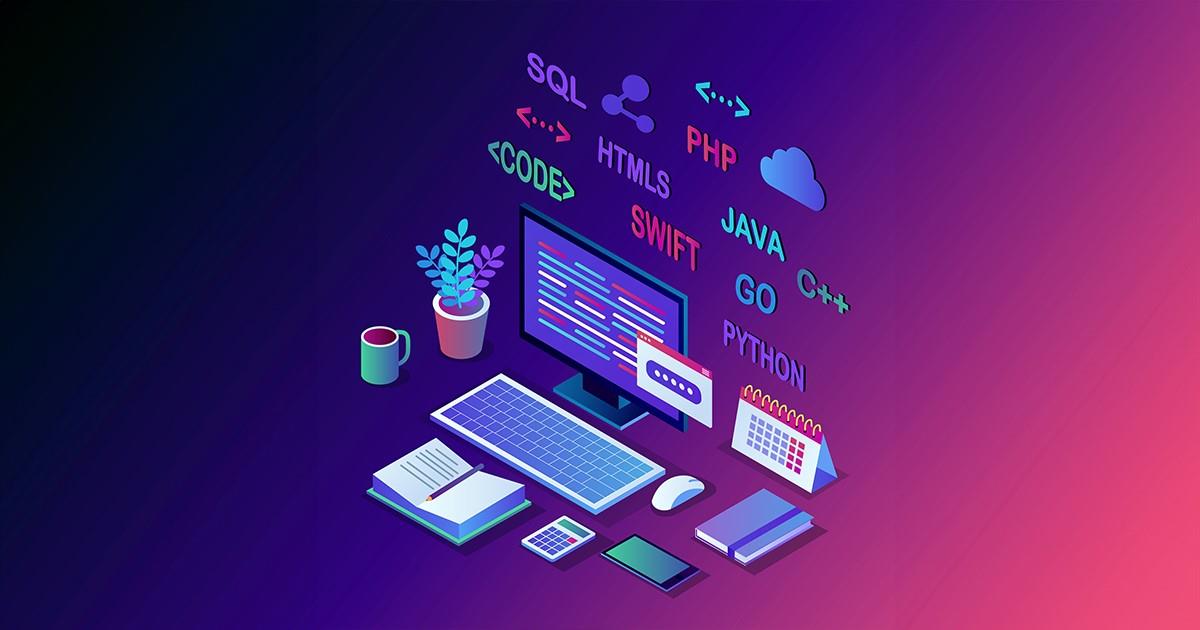In the world of web development, Laravel has emerged as a robust and popular PHP framework due to its elegant syntax, developer-friendly nature, and a myriad of tools that streamline the process of building web applications. As applications grow and gain more users, the need for scaling becomes paramount. Scaling Laravel applications involves various strategies and techniques to ensure that the application can handle increased traffic, maintain performance, and remain stable. Let’s delve into the essential approaches and best practices for scaling Laravel applications.

Understanding the Need for Scaling
As applications evolve and gain traction, they often encounter performance bottlenecks and challenges related to increased user load. Scaling is the process of managing these challenges by optimizing the application’s architecture, infrastructure, and codebase to accommodate growth without sacrificing performance.
Strategies for Scaling Laravel Applications
- Caching and Optimization
Laravel provides powerful caching mechanisms to enhance application performance. Leveraging tools like Redis or Memcached for caching frequently accessed data or queries can significantly reduce database load and improve response times. Implementing HTTP caching techniques and optimizing code through Laravel’s caching features can enhance overall performance.
- Database Optimization
Efficient database management is critical for scaling. Techniques such as database indexing, query optimization, and employing database clustering or sharding can distribute the load and improve response times. Additionally, utilizing read replicas and separating read and write operations can significantly enhance database performance.
- Horizontal and Vertical Scaling
Horizontal scaling involves increasing the number of servers to distribute the load, while vertical scaling involves upgrading hardware resources on a single server. Laravel applications can benefit from both approaches. Utilizing load balancers and deploying application instances across multiple servers enables better load distribution and fault tolerance.
- Asynchronous Processing and Job Queues
Implementing job queues using tools like Laravel Horizon or Redis queues can handle time-consuming tasks asynchronously. By moving resource-intensive tasks to a queue system, the application can respond more swiftly to user requests, enhancing overall performance and user experience.
- Microservices Architecture
Adopting a microservices architecture can modularize the application, allowing different components to scale independently. Laravel can be used to build microservices and APIs, enabling efficient scaling of specific functionalities without impacting the entire application.
- Content Delivery Networks (CDNs)
Integrating CDNs can significantly enhance application performance by caching and delivering static assets closer to users. Laravel’s integration with popular CDNs streamlines the process of serving content faster to users across the globe.
Best Practices for Scaling Laravel Applications
- Continuous Monitoring and Load Testing
Regular monitoring and load testing help in identifying performance bottlenecks and planning for scalability. Tools like New Relic or Laravel Telescope offer insights into application performance, aiding in making informed scaling decisions.
- Code Optimization and Performance Tuning
Writing efficient and optimized code is crucial for a scalable application. Constantly reviewing and improving code, eliminating redundancies, and optimizing algorithms ensure better performance and scalability.
- Security and Scalability
Ensuring that security measures are in place is fundamental. When scaling, it’s crucial to maintain security protocols, secure data, and implement practices to safeguard against potential threats or vulnerabilities.
- Automation and Infrastructure Management
Automating deployment processes and employing DevOps practices streamline the management of infrastructure, enabling quick and efficient scaling when needed. Tools like Laravel Forge or Envoyer facilitate automation, making scaling more manageable.
Overcoming Scaling Challenges
Scaling Laravel applications comes with its share of challenges. One common issue developers face is handling the increased complexity that comes with growth. As an application scales, the codebase tends to become more intricate, potentially impacting maintainability. To address this, developers must emphasize clean and modular coding practices, implementing design patterns, and adhering to Laravel’s conventions to maintain code clarity even as the application grows.
Moreover, scaling also introduces concerns regarding data consistency and synchronization, especially in distributed systems. Dealing with these challenges involves careful planning, employing database replication techniques, and ensuring that systems maintain consistency across multiple servers.
Another critical challenge in scaling is maintaining the balance between performance and cost. Scaling infrastructure can be expensive, and it’s crucial to optimize costs without compromising on performance. Strategies like intelligent caching, efficient resource utilization, and leveraging cloud services can help strike this balance.
Emerging Technologies and Trends in Laravel Scaling
The landscape of scaling Laravel applications continues to evolve, driven by emerging technologies and innovative trends. For instance, the rise of serverless architectures presents new possibilities for scaling. By leveraging serverless computing platforms and services, developers can build and scale applications more dynamically, paying only for the resources they use.
Additionally, the integration of AI and machine learning in optimizing application performance is an area gaining momentum. Implementing predictive analytics and AI-driven performance enhancements can proactively address scaling challenges by anticipating traffic spikes and adjusting resources accordingly.
Looking Ahead
As the demands on web applications continue to increase, the need for scaling Laravel applications efficiently will remain a priority for developers. Embracing evolving technologies, refining existing strategies, and staying updated with best practices will be crucial in meeting these scaling challenges.

Scaling is not a one-time task but an ongoing process, demanding continuous monitoring, evaluation, and adaptation. With a comprehensive understanding of the strategies, techniques, and challenges in scaling Laravel applications, developers can build resilient, high-performance applications that can seamlessly grow and adapt to meet the needs of their expanding user base. By staying agile and responsive to the changing landscape, Laravel applications can thrive and continue to provide exceptional experiences to users, irrespective of scale.






